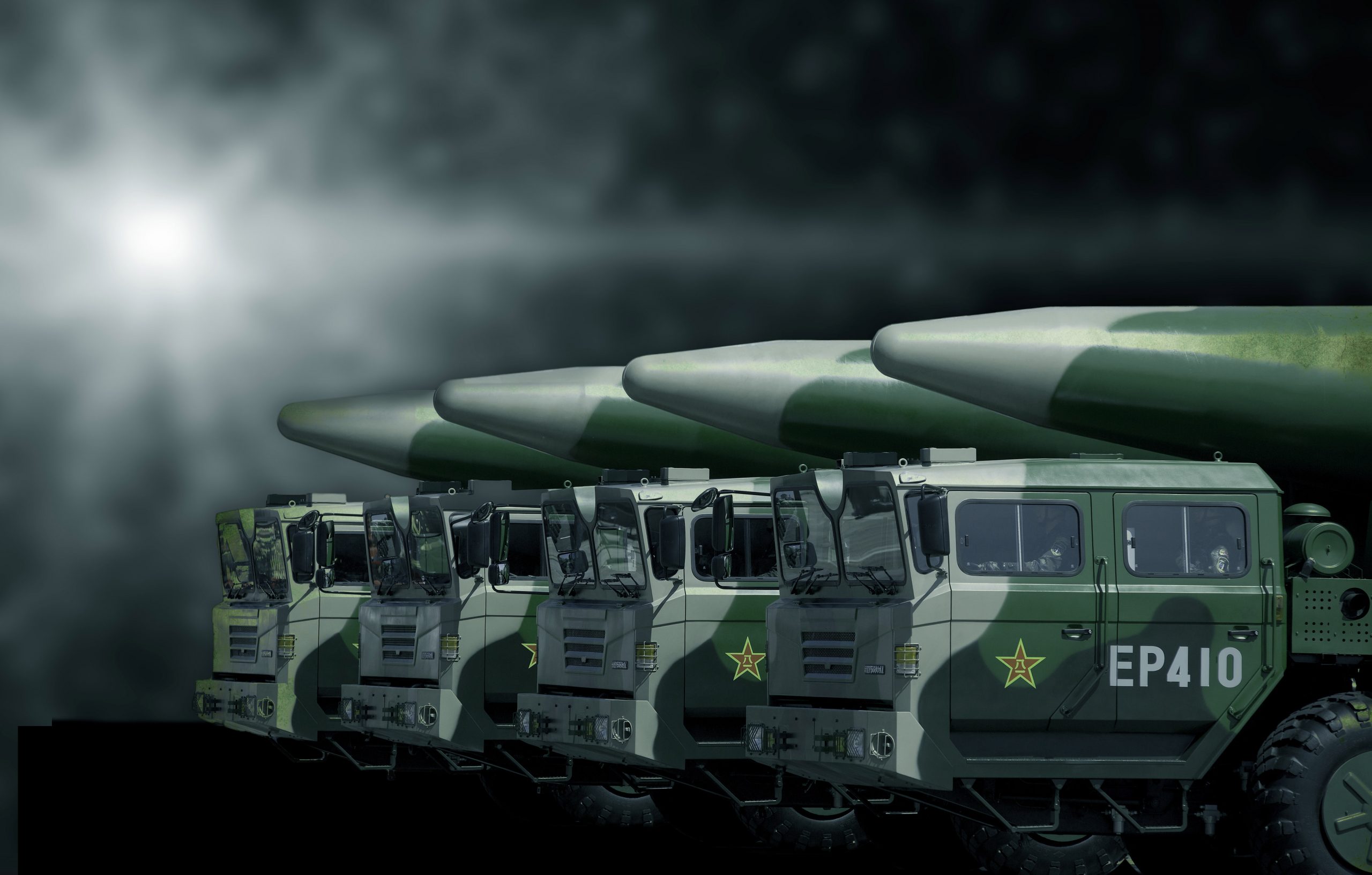
Threat Of Chinese Rocket Force And The Indian Options
 Sat, 22 Apr 2023
| Reading Time: 7 minutes
Sat, 22 Apr 2023
| Reading Time: 7 minutes

The recently leaked U.S. intelligence documents have an aspect that is overlooked by many — the People’s Liberation Army Rocket Force (PLARF). The leaked top-secret documents reveal a report by the U.S. Joint Chiefs of Staff intelligence directorate, which talks about a successful test by PLARF in February 2023, of a new hypersonic intermediate-range ballistic missile called the DF-27.
Though the test was conducted for 2100 km in 12 minutes, as per the U.S. Department of Defense (DoD) the intended range of the missile could be 5-8000 km. The range is just one aspect of the threat. The more significant threat is its hypersonic glide capability (HGV). This characteristic gives the DF-27 manoeuvring capability to evade enemy missile defense systems. The DF-27 which can attack land targets and ships are enhanced and improved version of either DF-17 or DF-26, which only time will tell.
As per a report by the Federation of American Scientists (FAS), the DF-27 could be capable of carrying both nuclear and conventional warheads. Though all of India was already within the DF-26’s range, DF-27 with hypersonic glide capabilities has added threats to India.
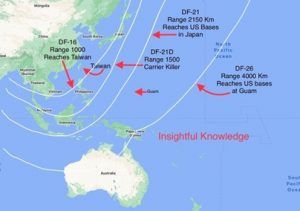
Chinese Missiles Ranges: Source: YouTube Insightful Knowledge
The Changing Paradigm of War
The Armenia-Azerbaijan conflict and the Russia-Ukraine war have demonstrated that modern wars would not be fought the way they were fought in the 80s or the 90s. Modern war is mostly a combination of second and third offset strategies. Offset strategies are:
- The First Offset: Nuclear capabilities, in today’s context, it is more of a deterrence than an actual war-winning strategy.
- The Second Offset: Precision Weaponry and air-land battle Concepts.
- The Third Offset: Open-ended and long-term.
- Machine learning
- Human-machine collaboration
- Assisted human operations
- Man-unmanned teaming
- Autonomous weapons
The changing paradigm of war has been explained by General James B. Becker, commander of United States Air Forces in Europe, Africa, and Allied Air Command. He states on the Russia-Ukraine war — “The Russian as well as the Ukrainian success in integrated air and missile defense have made much of their aircraft worthless. They are not doing a whole lot because they can’t go over and do close air support.”
The above statement throws light on many changing aspects of warfare. Among them, strategic and tactical precision weapons that include the third offset characteristics and modern missile defense systems, stand out. These systems would provide support to the ground forces in the absence of close air support.
Similar views were expressed by the former Indian Chief of Army Staff General Manoj Mukund Naravane when he told ‘The Diplomat’ — “In a modern war rear facilities such as command and control posts, logistics hubs, airfields, and communication nodes will take the first salvo from precision standoff weapons.” Is air superiority an obsolete concept, and precision weapons are going to win wars? Let us see what the Chinese are doing.
The Chinese Concepts and Designs

PLARF Missiles Deployment: Source: YouTube Insightful Knowledge
The go-to tactical textbook of senior People’s Liberation Army (PLA) commanders is — Science of Military Strategy. The textbook explains conventional missile assault or “first strike” tactics for containment, deterrence, and control. First strike tactics are utilized for saturation attacks by employing extraordinary missiles attack against enemy surface targets. These targets include airports, naval ports, and ground forces deployments. The main objective is to destroy the enemy’s defense systems and disrupt their counter-attack abilities.
China understood the emerging importance of missiles much better than others. That is the reason they made PLARF the fourth armed force of the nation. The above-mentioned first-strike concept has also evolved for the PLARF with improvement in precision-strike capabilities. Therefore, PLARF during the first strike is likely to employ precision point targeting and deliver electromagnetic pulse missiles (EMPM), graphite payloads (to destroy electronic equipment), and bunker-busting warheads.
China has no reference point in its military history to employ successful modern war tactics. Therefore, in all probability, its reference points would be the USAF Yugoslavia air campaign, where the US utilized graphite missiles to disrupt the Serbian national power supply. PLA had drawn many valuable lessons from the USA’s ‘Iraq Campaign’ and is also keenly observing the current Russia- Ukraine conflict.
If PLARF employs EMP weapons that create a large shockwave, optical emission, and penetrating radiation; then that is as good as utilizing nuclear weapons. Even the Chinese Major General (Ret.) Xu Guangyu, a nuclear expert at the previous General Staff Department had classified EMP weapons as nuclear weapons. The short-range (900 km) bunker-bursting missile DF-15C’s successful test demonstrates that PLARF continues to improve its lethality and accuracy. Some of the missiles in the Chinese arsenal are:
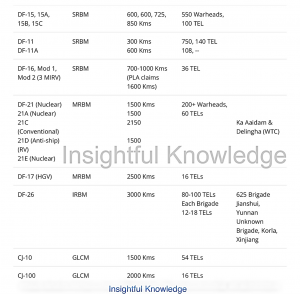
Source: YouTube Channel Insightful Knowledge
Six decades ago, China didn’t ratify the Outer Space Treaty of 1967 for a reason. Utilizing that deliberate step China has militarized space by ripping off a Soviet-era concept — Fractional Orbital Bombardment (FOB).
In October 2021 China used an Inter-Continental Ballistic Missile (ICBM) with HGV capabilities for the FOB purpose. Not only that, but they also started preparing for counterattacks from space. On 14 April 2023, they carried out a ground-based mid-course missile interception test in an evident sign of progress in their ability to bring down weapons incoming from space. Perhaps, that is the reason, the Indian Chief of Defence Staff Gen. Anil Chauhan recently stated — “India cannot remain divorced from the military applications of space.”
The Indian Steps
One of the most important steps by India to counter China in recent times has been to build multi-purpose storage tunnels in states bordering China. These tunnels would store short-range ballistic missiles (SRBMs) and other ammunition. In December 2022, the government of India also cleared the deck to acquire 120 Pralay tactical short-range ballistic missiles (SRBM). With a range of 150-500 kilometers (work is on to further increase the range), canisterization, and manoeuvrability, Pralay becomes ideal to take out Chinese troops on the battlefield.
Two additional Pralay units with 250 missiles worth Rs 7500 crore are in the pipeline. Furthermore, the Indian Army and the Indian Air Force would give up their Surface to Surface BrahMos cruise missiles for the Indian version of Rocket Force (IRF). Pralay missile units would be part of the same force. However, Strategic Force Command would continue to retain control over the nuclear assets. The Indian Navy and the Indian Air Force would retain their marine and air assets.
Examining the emerging choice of missiles for the future IRF i.e. Pralay and Brahmos, it looks like the IRF would be limiting itself to the Indian armed forces-derived operational ranges (less than 300 kilometers).
The creation of IRF is the need of the hour and would take India a step closer to the theatrization of the Indian armed forces. The IRF would consolidate capacities and capabilities of services under one roof and exploit the jointmanship optimally rather than keeping the assets scattered across services. In wartime as per the IRF doctrine collective mass and precision would bring synergy. The Integrated Theatre Commands’ (ITRs) own network would further add to the lethality of the IRF.
While IRF could be having limited choices in SRBMs, the Indian missile defense systems have a solid foundation:
- Prithvi Air Defence: 75 interceptors, range 300-2000 Km, max altitude 80 km
- Advanced Air Defence: 75 interceptors, 5000 Km
- Long-Range Tracking Radar (Swordfish): 2 facilities, range 500 km, 30 targets at 3000 meters/sec
- Akash Air Defense System: 20 batteries, 12 batteries under procurement, range 30 km
- Quick Response Surface to Air Missile (QRSAM): 5 systems are under order with 72 rockets each, range 25-30 Km
- Very Short-Range Air Defence (VSHORAD): MANPAD, Orders worth Rs 4276 crore, range 250 mtrs to 6 Km
- Medium-Range Surface to Air Missile (MRSAM): Based on Barak 8 used by all three services, range 70 Km
- SPYDER-MR: 18 Systems, 2 variants, short range (15 Km), medium range (35 Km)
- S-400: 5 purchased, 3 delivered and deployed, ranges 40, 120, 250, and 400 Km
In March 2020, Russia claimed that its S-400 missile defense system successfully destroyed all hypersonic missiles in a live-fire exercise. If that is true then that is very heartening information, however, inordinate delays in the delivery of balance two S-400 systems again throw light on the importance of ‘Atmanirbhar Bharat’ (self-sufficient India).
Conclusion
In 2021, the PLARF launched approximately 135 ballistic missiles for testing and training. This was more than the rest of the world combined excluding ballistic missile employment in war zones. A flurry of such tests, the ownership of around 2500 ballistic missiles and 700 launchers, and preparation to increase nuclear warheads from 350 to 1500 by 2035 demonstrate China’s resolve to keep improving capabilities and capacities.
Indian armed forces must keep track of changing Chinese missile inventory. These transitions with the changing roles and ambitions would throw light on the PLA’s future designs and strategy. A decade ago China had over 77 percent of SRBM launchers. Today, the SRBM launchers’ ratio has been brought down to less than 45 percent. Earlier nonexistent IRBM launchers now constitute over 15 percent of the force and MRBM launchers have evolved from 10 to 20 percent.
Coming back to India, setting up an IRF is a welcome sign but just two types of missiles in its inventory and any range limitation on the force would defeat the purpose. The BrahMos originally had a range of 290 km. That has been extended to 450 km, and the work is on to further extend it to 800 km. However, IRF should look for missiles with up to a 2000 km range.
The IRF should have the ability to hit high-value targets deep inside China to raise the cost of the war. Indigenous Technology Cruise Missile (ITCM), Nirbhay with a range of 1000-1500 km is the ideal candidate for this task. Chengdu, Chongqing, Xi’An, Lanzhou, Yinchuan, and the most famous Three Gorges Dam would be in its operational range. However, the Nirbhay program has suffered several failures and has not been operationalized to date. The program should be made a success and not remain tagged as a technology demonstrator.
The BraMos-II with Mach 8 speed and range of 1000 km is another practical choice for the IRF. The nuclear AGNI-P with Manoeuvrable Re-entry Vehicle (MaRV) and a range of 1000-2000 km should also be considered in a conventional role. These two missiles would give a huge boost to the future IRF.
Last but not least, the Indian bureaucracy must rise above fixed ideas and help the Indian armed forces to tackle the ‘China Challenge’. Today missiles are equally or perhaps more important than fighter aircraft or main battle tanks. This outlook of bureaucracy must not stymie the Indian armed forces in this very fast-changing vista for a very long time. With a strong IRF India would be able to counter China from a position of strength that an ever-increasing trade deficit can not achieve.
Disclaimer
The opinions expressed in this article are the author’s own and do not reflect the views of Chanakya Forum. All information provided in this article including timeliness, completeness, accuracy, suitability or validity of information referenced therein, is the sole responsibility of the author. www.chanakyaforum.com does not assume any responsibility for the same.
Chanakya Forum is now on . Click here to join our channel (@ChanakyaForum) and stay updated with the latest headlines and articles.
Important
We work round the clock to bring you the finest articles and updates from around the world. There is a team that works tirelessly to ensure that you have a seamless reading experience. But all this costs money. Please support us so that we keep doing what we do best. Happy Reading
Support Us





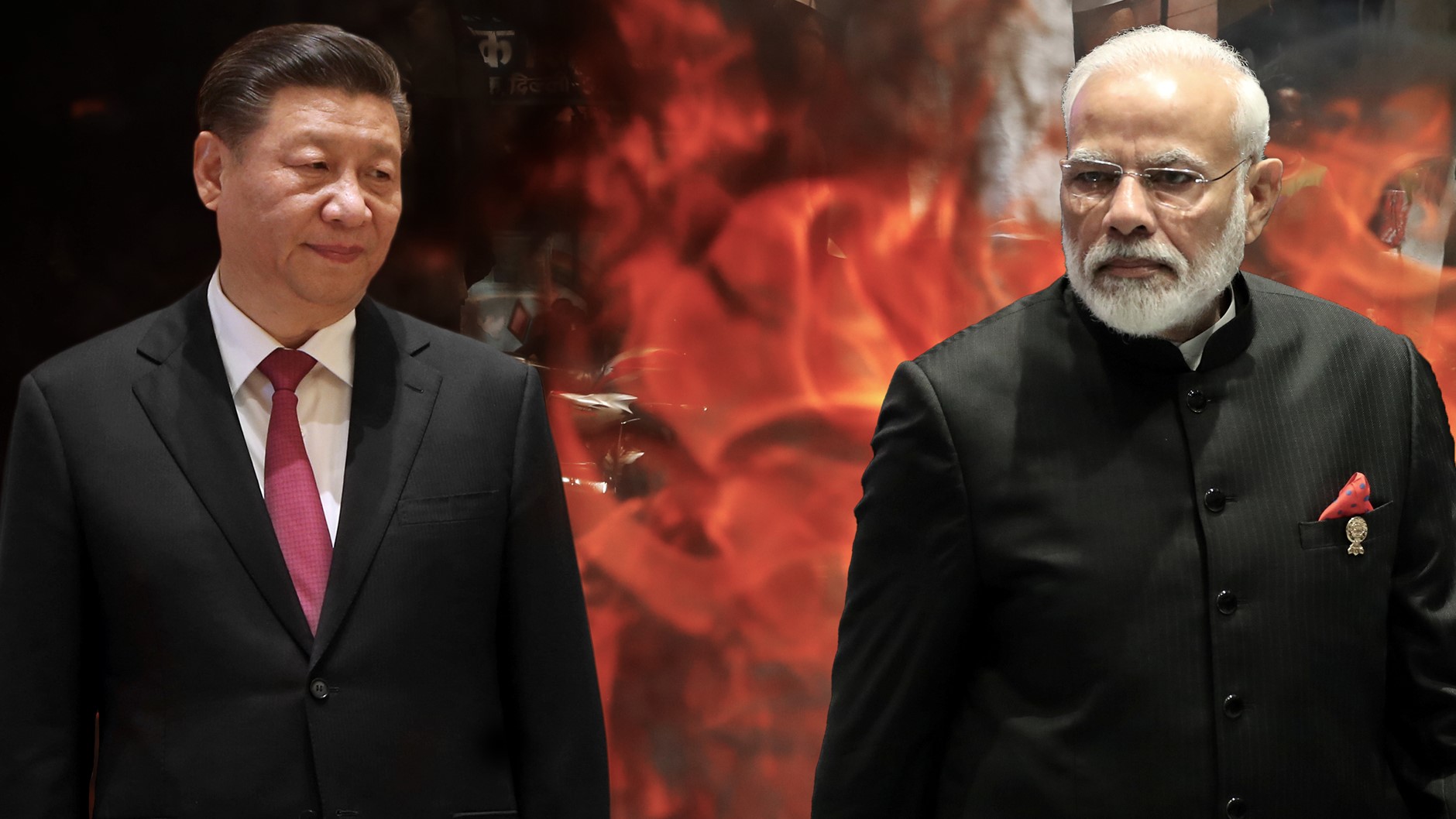


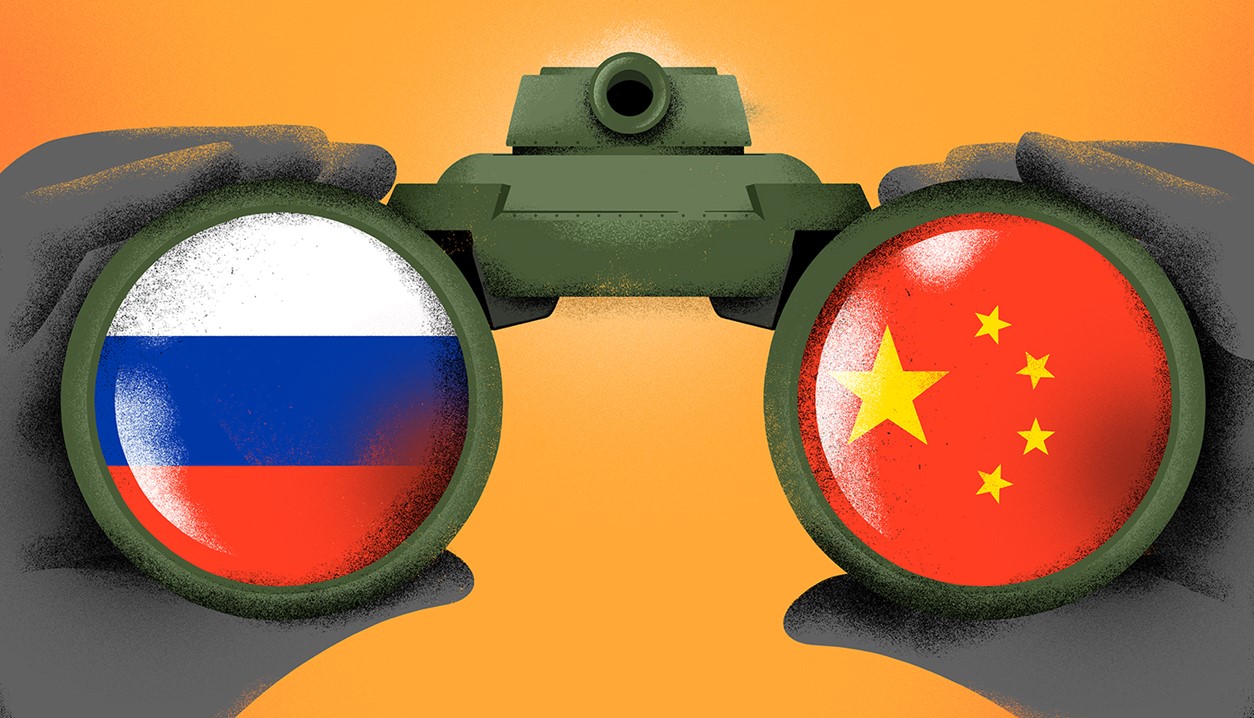

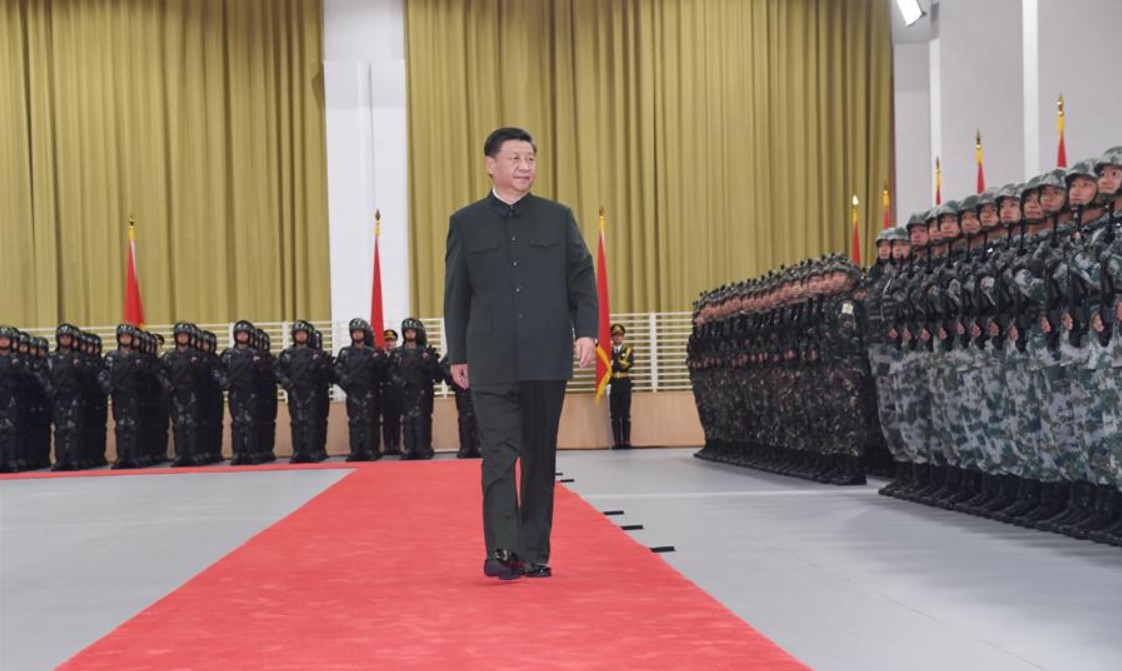
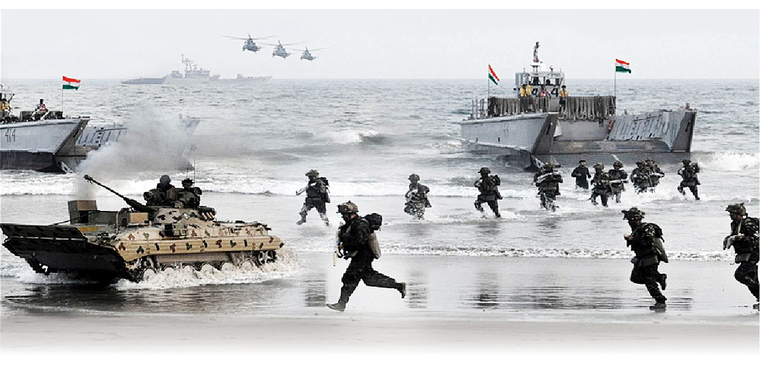


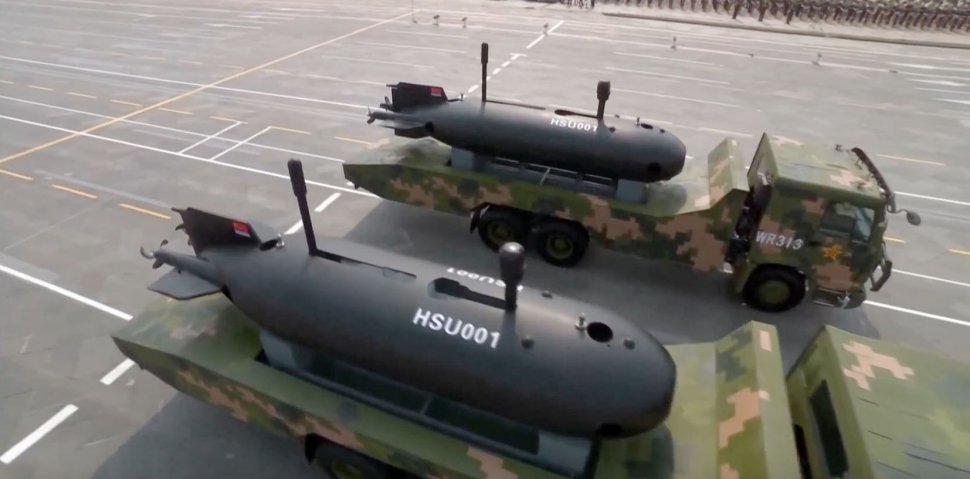






POST COMMENTS (8)
Col Vivek Bopiah
ST
Hoizal
Rakesh P
Cdr Deepak Singh, Retd
GP Singh
Wendell Bruges
Rajeev Dalal